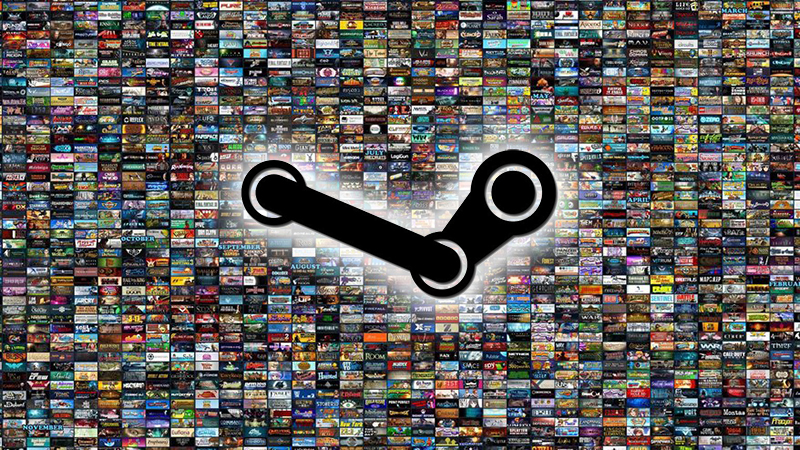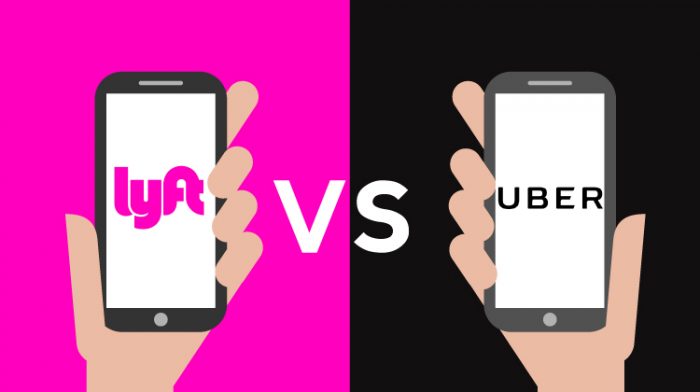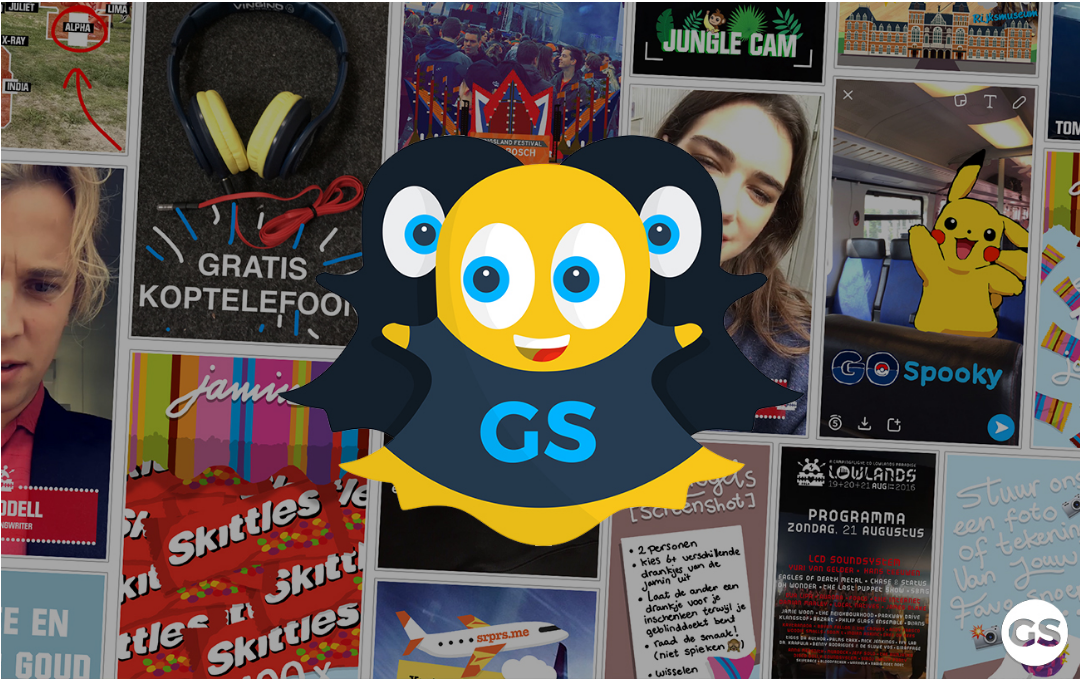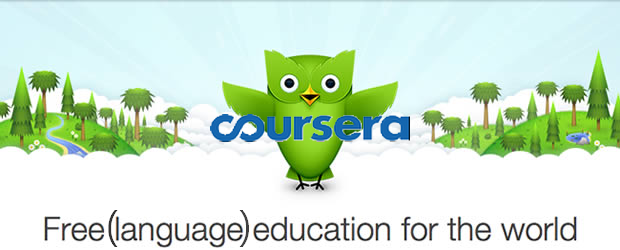Within the dynamics of a multi-sided platform there are three groups present, namely the users, complementors and platform owner. The platform owner provides the infrastructure through which complementors can offer their products to the users. Complementors thus compete with each other to sell their products on the platform to the users, and the platform owner captures value for providing the infrastructure.
Complementors however do not only face competition from their peers, but also from their platform owner since they tend to vertically integrated. Meaning that the platform owners produces a product itself and offers it on its own platform, e.g. Apple developing their own app. When a platform owner enters its own platform it affects complementor’s performance significantly, in some cases even resulting in complementors leaving the affected category or platform in its entirety. There are two main reasons why the vertical integration significantly affects complementors.
Firstly, there is an information asymmetry present between the platform owner and the complementors. It is no secret that platform owners harvest a vast amount of data regarding all the activity on the platform. These data are highly relevant for both the platform owner and the complementors, however they are largely only available for the platform owner. For example, Apple know exactly how much time all users spend on which applications.
Secondly, complementor’s products are sometimes made obsolete. Due to the fact that the platform owner often controls the ecosystem the platform it is in, the platform owner is able to only offer their own products. For example, Apple made walkie-talkie apps obsolete by only making their own version available on the apple watch.
Platform owners themselves argue that capturing value which previously belonged to the complementors is not the incentive of their vertical integrations. Amazon explains that by offering some products themselves, they are able to meet the unmet demand in popular categories. Platform owners also claim that the enter crowded categories to steer complementor’s innovation to other categories. Next to that, platform owners are in some cases able to offer better products to the users due to the information asymmetry with the complementors.
Since the true motivation for the market entry of the platform owner cannot be observed, discussions regarding antitrust regulations and ethics are taking place. However, there has not been an unambiguous answer to the question yet if the vertical integration of platform owners is to be considered fair competition.







